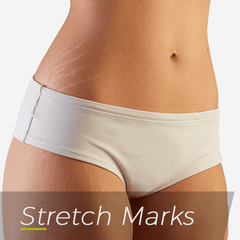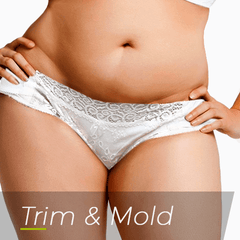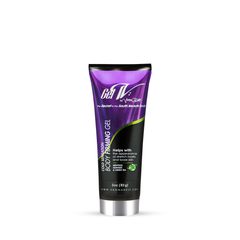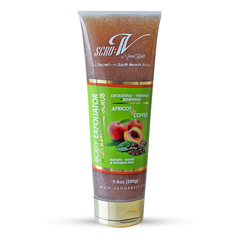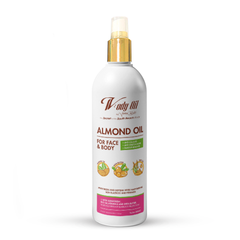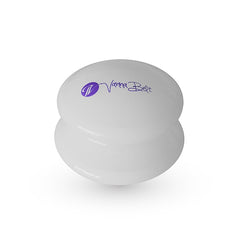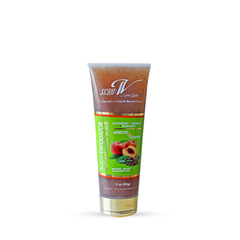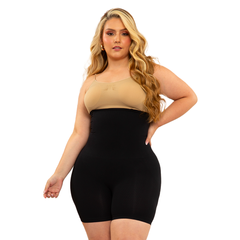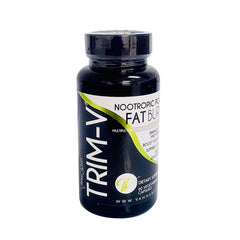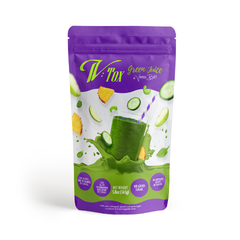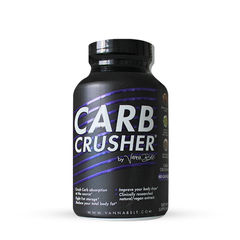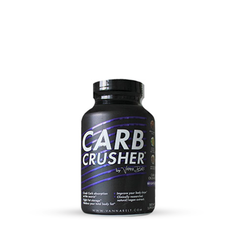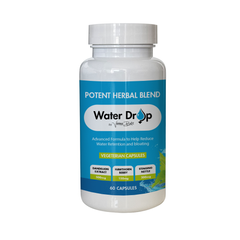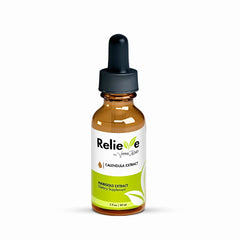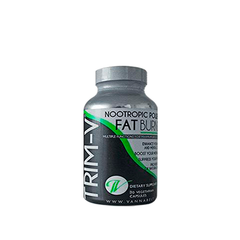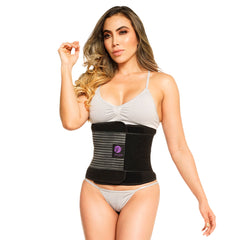Are you a pregnant woman worried about stretch marks? You're not alone! Millions of women experience the same concern when expecting, and understanding what causes stretch marks can help you know how to prevent them. In this article, we'll explore the causes of stretch marks during pregnancy and offer tips on how to reduce their appearance.
1. What are stretch marks?
Stretch marks are a common occurrence during pregnancy. They are indented streaks or lines that can appear anywhere on the body but most commonly appear on the abdomen, breasts, hips and buttocks. They occur when the skin is stretched beyond its capacity, causing the production of collagen to be disrupted and the middle layer of skin, known as the dermis, to tear. Stretch marks are initially red in color but eventually fade to a silvery-white color over time.

2. What causes stretch marks during pregnancy?
Stretch marks during pregnancy are caused by hormonal changes, rapid weight gain and increased abdominal pressure due to the growing fetus. As the baby grows in size, it puts strain on the skin which can cause it to tear and create stretch marks. This is especially true for women who gain a lot of weight during their pregnancy or who have multiple babies at once.
3. How to prevent stretch marks during pregnancy?
There are several steps pregnant women can take to reduce their chances of developing stretch marks during pregnancy. These include eating a balanced diet with plenty of fruits and vegetables, drinking plenty of water to keep skin hydrated, exercising regularly and avoiding sudden and drastic weight gain. Applying moisturizing creams or oils to the areas of the body prone to stretch marks may also help to prevent them from forming.

4. How to reduce the appearance of stretch marks?
Although there is no way to completely eliminate existing stretch marks, there are some treatments that can help reduce their appearance. These include laser treatments such as fractional CO2 laser therapy or Pulsed Dye Laser Therapy which can help break down scar tissue and reduce discoloration but they can be pretty expensive! Additionally, applying nature based creams and serums on a daily basis with ingredients that fight flaccidity may help improve the appearance of existing stretch marks by promoting collagen production in the skin.

Stretch marks during pregnancy can be a source of worry for many expectant mothers, but it’s important to remember that they are a normal part of the journey. With the right information and support, you can understand and manage the changes your body is making with ease. Embrace your stretch marks as a reminder of the incredible transformation you have undergone in bringing life into the world.








